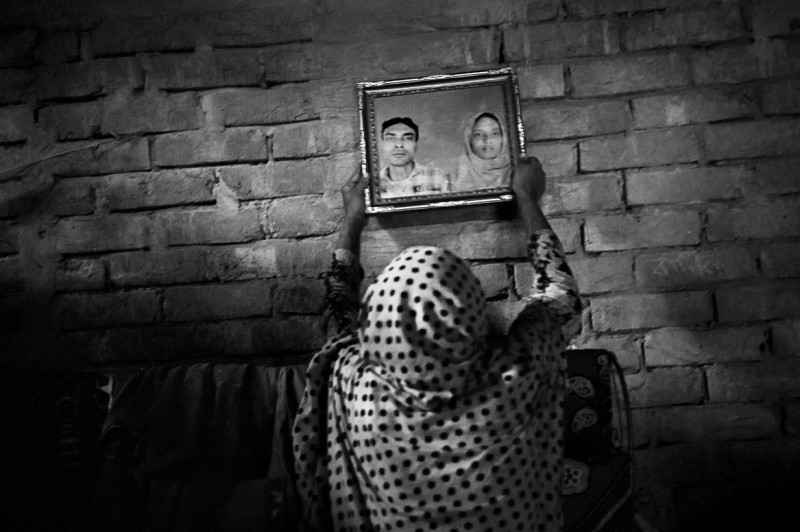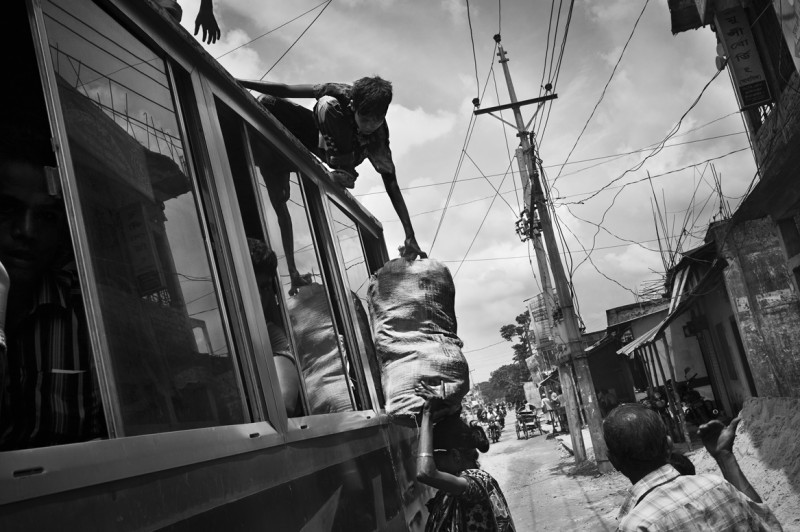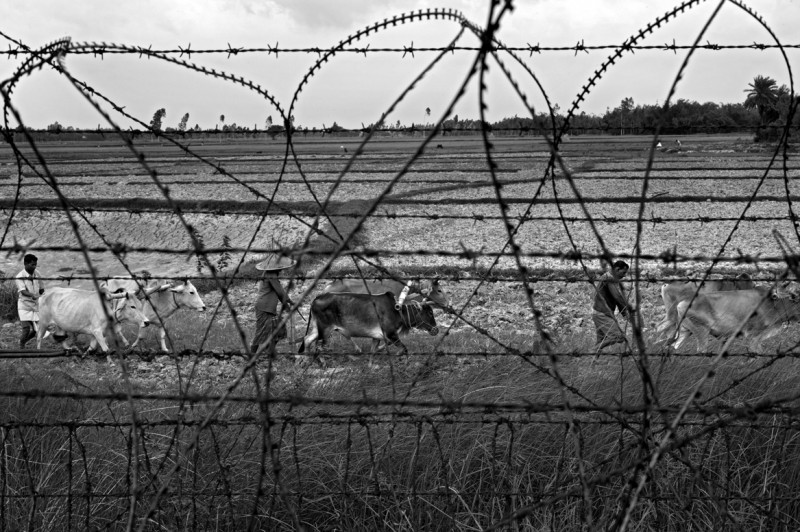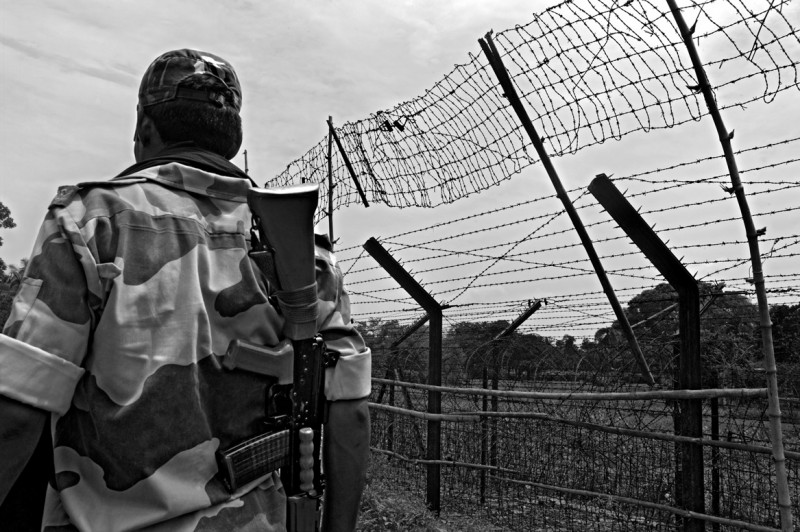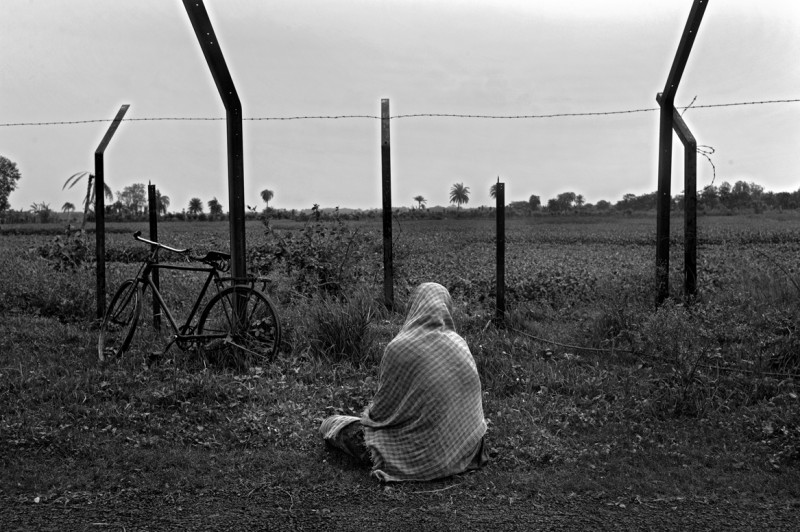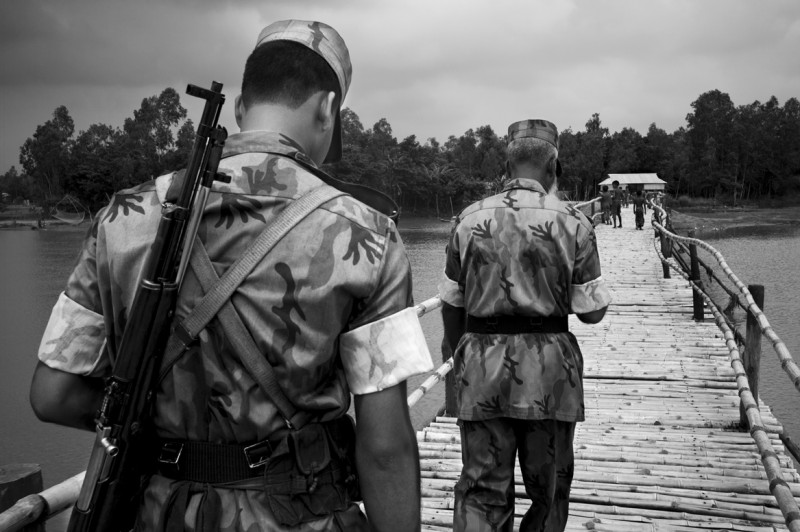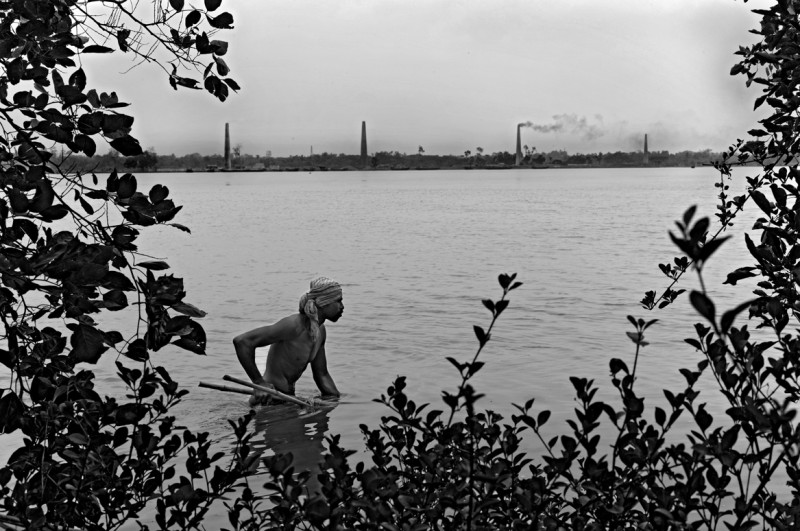Zero Line
Zero Line
Gaël Turine
November 8, 2015
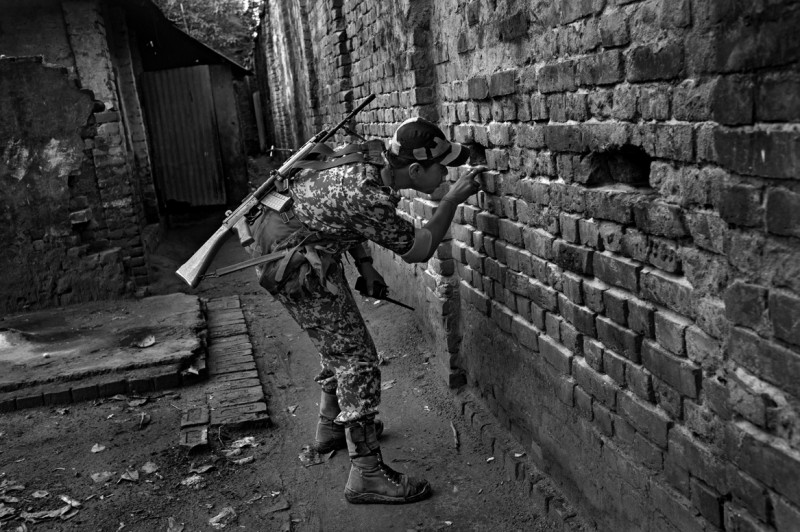
How did you get the idea for the reportage?
I wanted to do a series on the issues surrounding border walls or fences, that have not yet been bought to light by the media. The Indian Government has a long list of “reasons” for erecting the Indo-Bangladeshi border wall: smuggling, migration, religious identity, nationalism and terrorism. I realized how little is known about the wall and the crimes committed, so I decided to cover the story. I travelled through the region five times (in both countries) in two years, to collect the visual and testimonial material I required. It was made possible thanks to the crucial help given to me by Human Rights activists and locally-based journalists.
Is there a special moment/encounter you remember while you were working there?
I’d never experienced such difficulty in getting access to take pictures. Access to the border itself is forbidden, and there are hundreds of thousands of soldiers dedicated to guarding it. Being a western guy hanging around with a camera was the worst way to get in. I had to count on experience, luck and the lack of internet access in those remote areas. We (the fixer and I) got arrested a few times, but they could never prove I was a photographer or a journalist. I was wearing sandals, shorts, sunglasses and I only had one M9 with lenses with me. No photo bags, no batteries, no phone. I told everyone I was fascinated by the country and the history of Bangladesh, and wanted to walk around the border. One day, at the foot of the brick wall on the Indian side, a soldier appeared. As it happened, he didn’t call his colleagues, he didn’t ask for money: he just told us that he didn’t want to be a soldier, but unemployment had forced him to join the Border Security Force. He then added that he could understand people smuggling and passing over the wall. “They just need to survive.” I remember my fixer getting nervous because he knew we could be getting into a tough situation. I couldn’t believe this soldier was saying such things instead of arresting us. Then he turned away, looking at the Bangladesh side through a hole in the wall. I took a photo of him (and I’m not even sure he noticed) and he left. We quit the area as fast as we could.
Are there other border regions where you would like to photograph?
Yes, I plan to work on other border walls but, as they’re not yet covered by the media, it’s pretty difficult to get reliable and tangible information regarding facts, logistics, fixers. I don’t want to do just another story on a border wall that has already been photographed tens of times. Of course, there are the new walls being built in Europe, but they’re already in the news. I have to give some more thought to the continuation of this project.
Gaël Turine+-
Turine is a freelance documentary photographer. His work is exhibited worldwide in galleries, museums and at festivals; his essays are
published in the international press. The Belgian is a founding member of the MAPS Agency,and has presided over it since its establishment.
He teaches photojournalism at the Université Libre de Bruxelles and runs documentary photography workshops in many countries. More


